FAUNA Paraguay Gallery of Millipede (Diplopoda) Images
Designed by Paul Smith 2006.
This website is copyrighted by law. Material contained herewith may not be used without the prior written permission of FAUNA Paraguay.
Photographs on this page were taken by Paul Smith, Chris Elder, Alberto Esquivel, Moriz Stiefel, Leila K and Martijn Brouwer and are used with their permission.
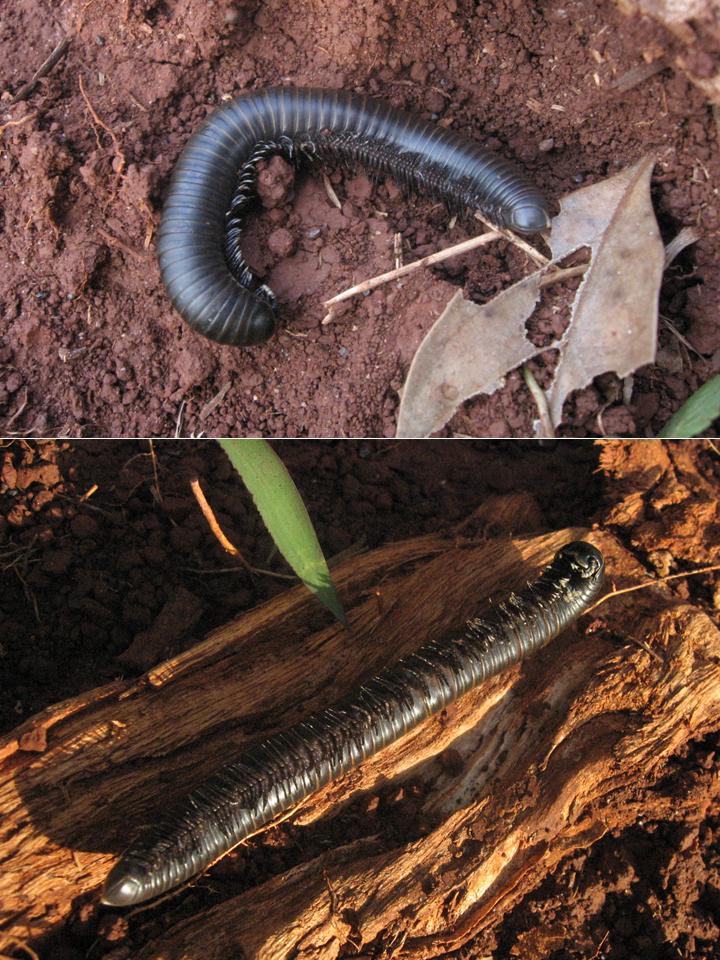
|
|
FIGURE 1
|
|

|
|
FIGURE 2
|
|
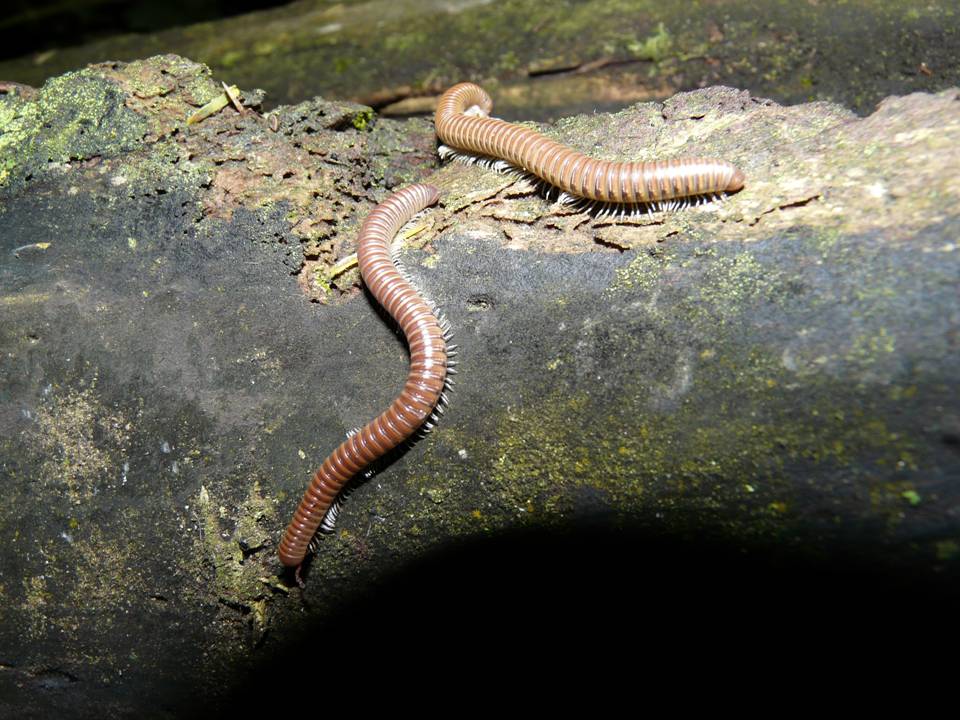
|
|
FIGURE 3
|
|
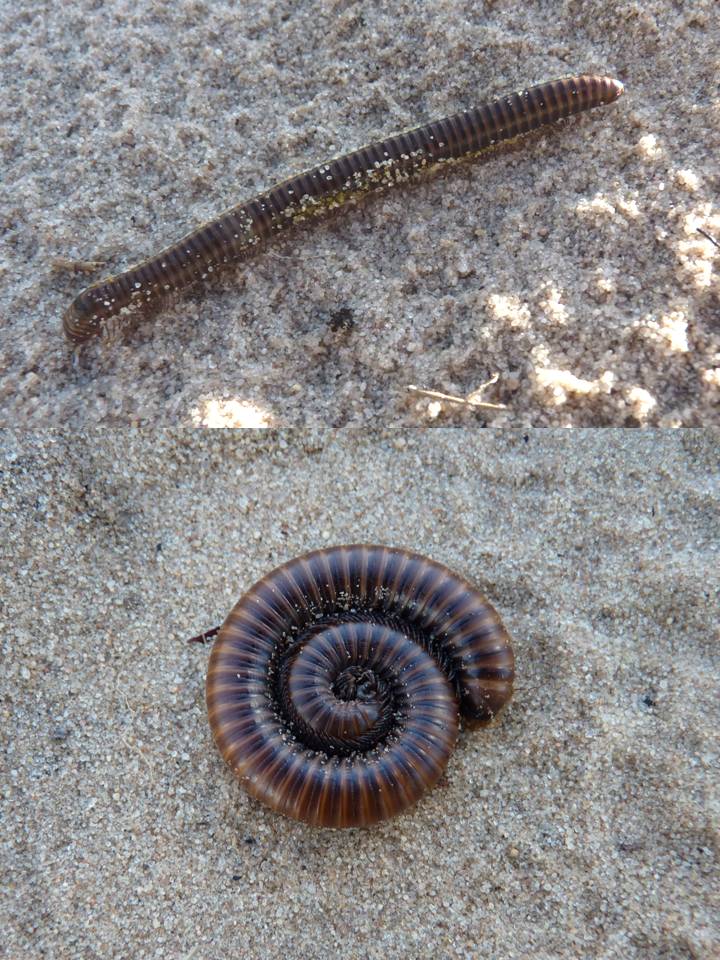
|
|
FIGURE 4
|
|
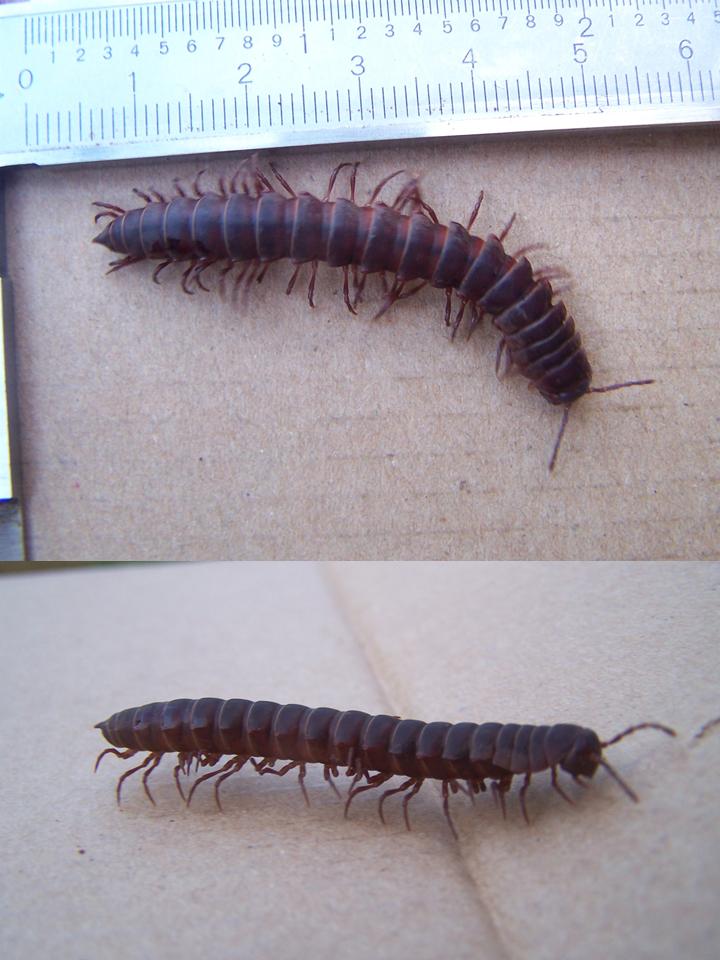
|
|
FIGURE 5
|
|
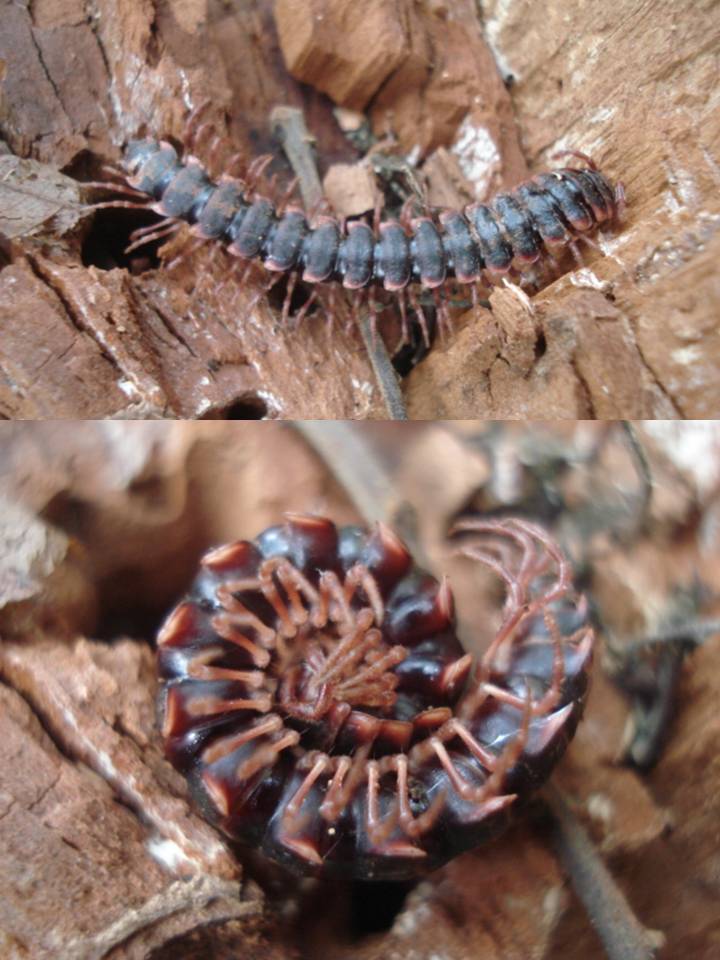
|
|
FIGURE 6
|
|
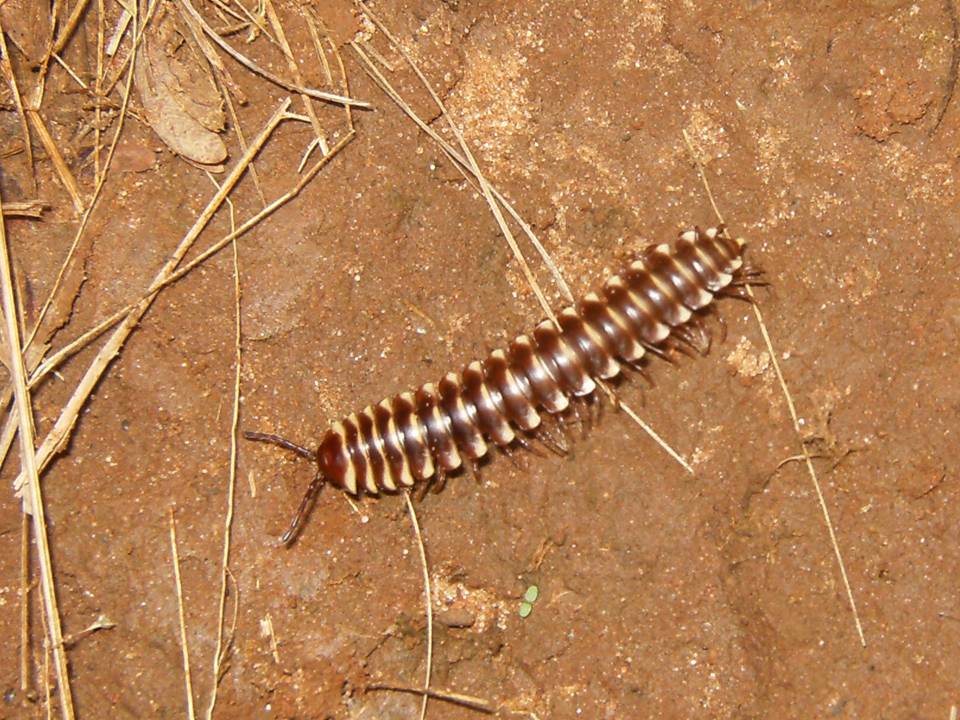
|
|
FIGURE 7
|
|
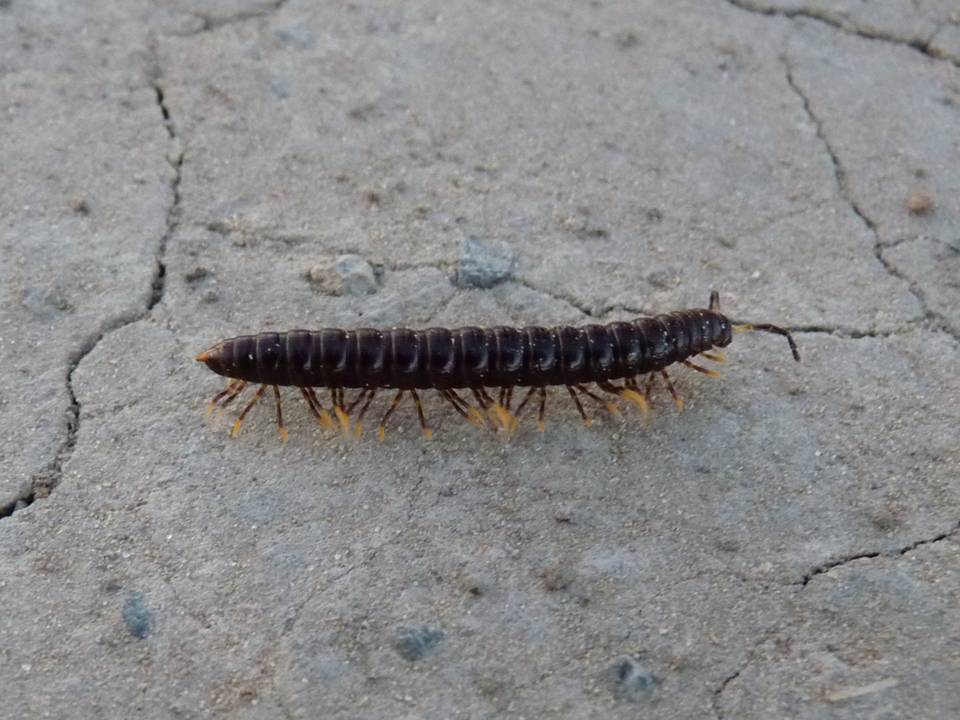
|
|
FIGURE 8
|
|
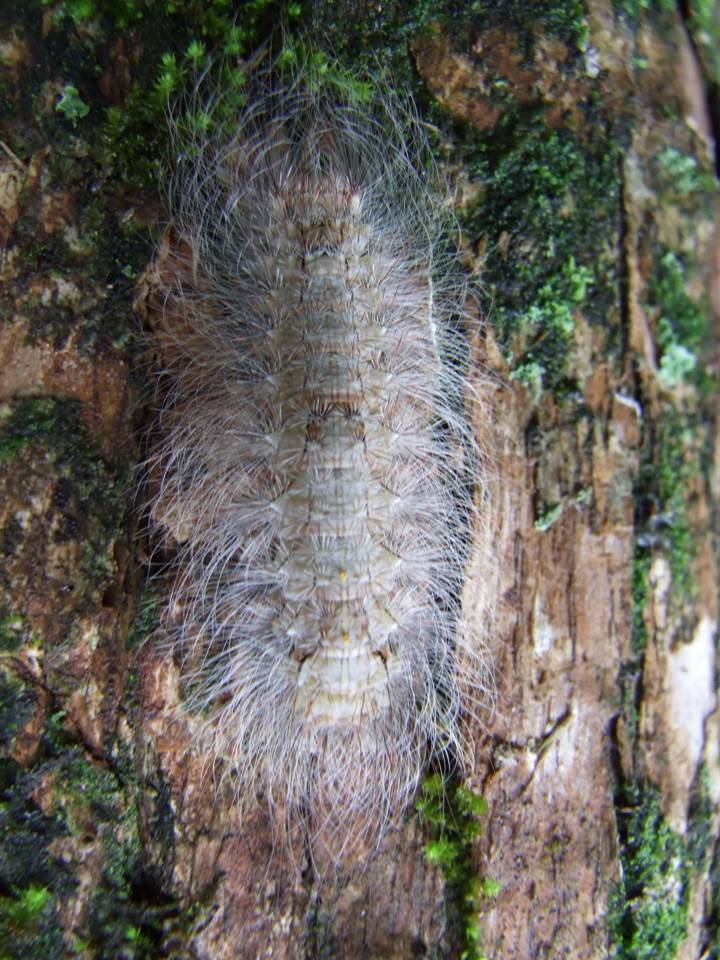
|
|
FIGURE 9
|
|
FIGURE 1 - Unidentified sp. (Order Iuliformida) - PROCOSARA, PN San Rafael (Martijn Brouwer May 2007).
FIGURE 2 - Unidentified sp. (Order Iuliformida) - PROCOSARA, PN San Rafael (Chris Elder December 2007).
FIGURE 3 - Unidentified sp. post-coital (Order Iuliformida) - PROCOSARA, PN San Rafael (Paul Smith June 2008).
FIGURE 4 - Unidentified sp. (Order Iuliformida) - Estancia Laguna Blanca, Departamento San Pedro (Paul Smith May 2010). A cerrado species showing a remarkable affinity for the burrows of the Echimyid rat Clyomys laticeps, even feeding on their dung!
FIGURE 5 - Unidentified sp. (Order Polydesmida) - PROCOSARA, PN San Rafael (Paul Smith November 2007).
FIGURE 6 - Unidentified sp. (Order Polydesmida) - PROCOSARA, PN San Rafael (Leila K July 2008.
FIGURE 7 - Unidentified sp. (Order Polydesmida) - Estancia Kanguery, PN San Rafael (Moriz Stiefel April 2008).
FIGURE 8 - Unidentified sp. (Order Polydesmida) - Cuenca Upper Yacare Sur, Departamento Presidente Hayes (paul Smith February 2012).
FIGURE 9 - Unidentified sp. (Order Polyxenida) - PROCOSARA, PN San Rafael (Alberto Esquivel February 2008).
VIDEO - Same species as Fig 4, showing reaction to molestation - Estancia Laguna Blanca, Departamento San Pedro (Paul Smith May 2010).
Short to extremely elongated animals composed of numerous "diplosegments". The first segment is the head, followed by three segments each bearing a single pair of legs. The remaining segments each have a two pairs of legs, except for the last two which are legless. The trunk is generally cylindrical, with the leg pairs of the 7th and/or 8th segment modified in the male to form the copulatory "gonopods" which collect the spermatophore from the gonorpores in the 3rd segment and transfer it to the gonopore of the female. Millipedes hatch with 7 segments and new ones are added throughout life as the animal grows. They possess a pair of maxillae and large numbers of lateral ocelli which are arranged in some species to resemble compound eyes (though a few species lack eyes altogether). The exoskeleton is calcified. Millipedes are slow-moving herbivores, feeding mainly on material that has already begun to decompose.
We are just beginning with the study of invertebrates in Paraguay and will soon start an extensive inventory of the millipedes. We do however desperately need the assistance of an expert willing to help us identify the images - obviously we understand that identification to species level will not always be possible from a photograph, but if you are willing to give it a go please contact us!
Click on the images to enlarge them.


